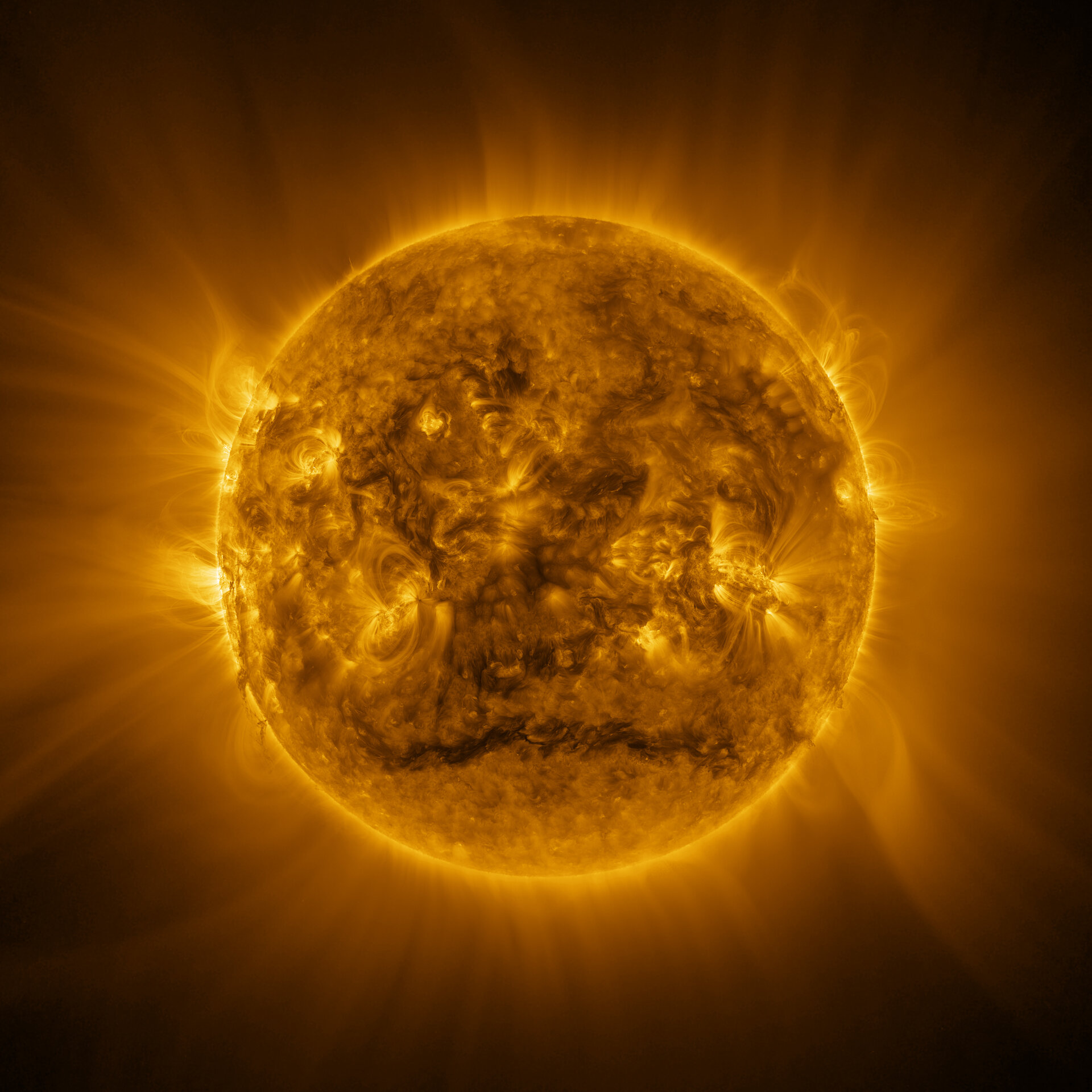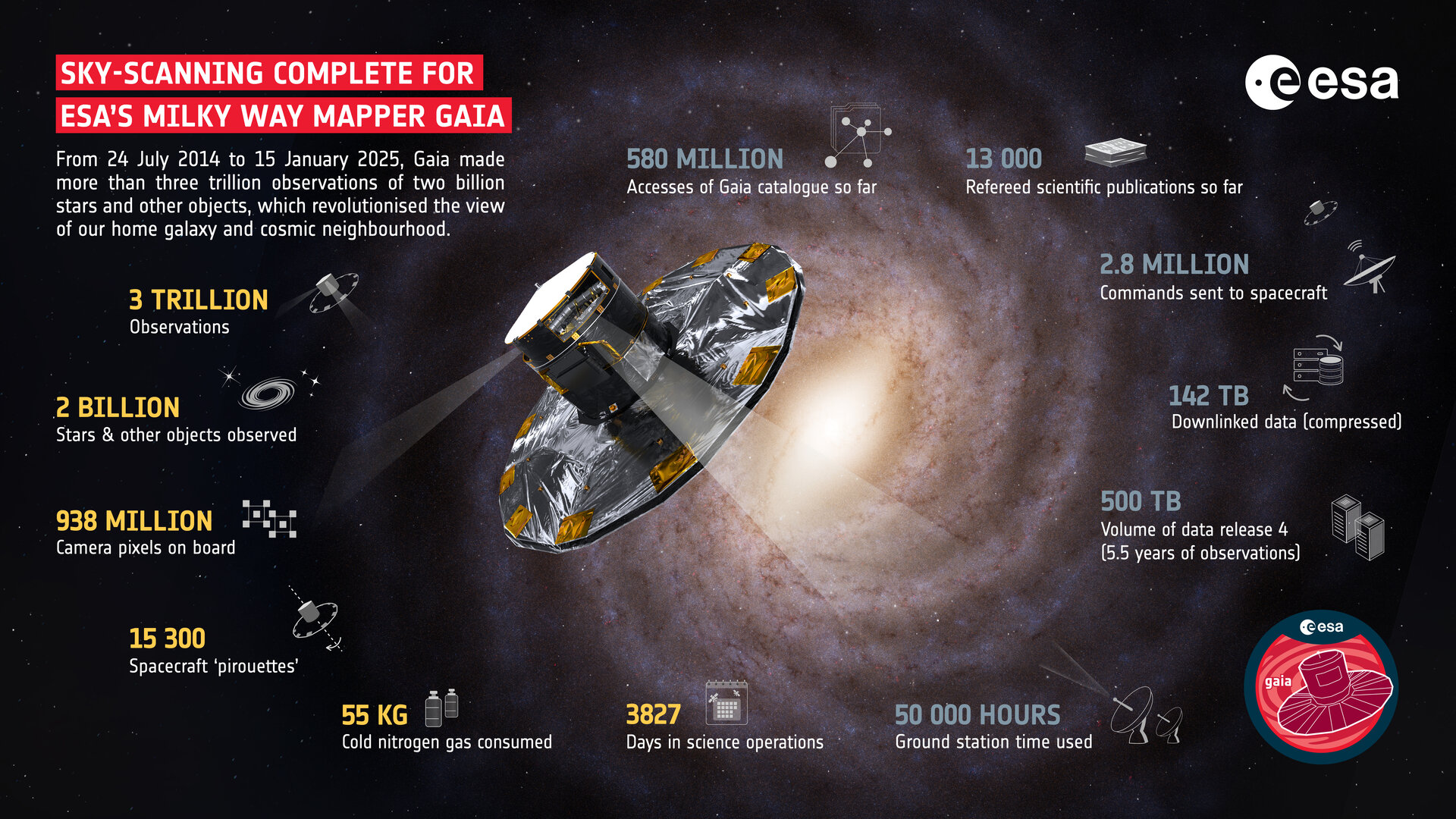ESA's Moonlight Programme: Paving the Way for a Lunar Economy

ESA's ambitious Moonlight programme aims to establish Europe's first dedicated satellite constellation for lunar communication and navigation. This constellation of five satellites will provide high-speed, low-latency communication and precise navigation for future lunar missions, supporting sustainable exploration and the development of a lunar economy. The first mission, Lunar Pathfinder, launches in 2026, paving the way for full operational capacity by 2030. Collaborating with NASA and JAXA under the LunaNet framework, Moonlight will also contribute to future Mars communication infrastructure.
Read more







